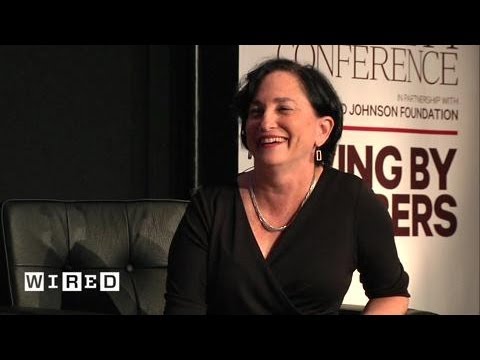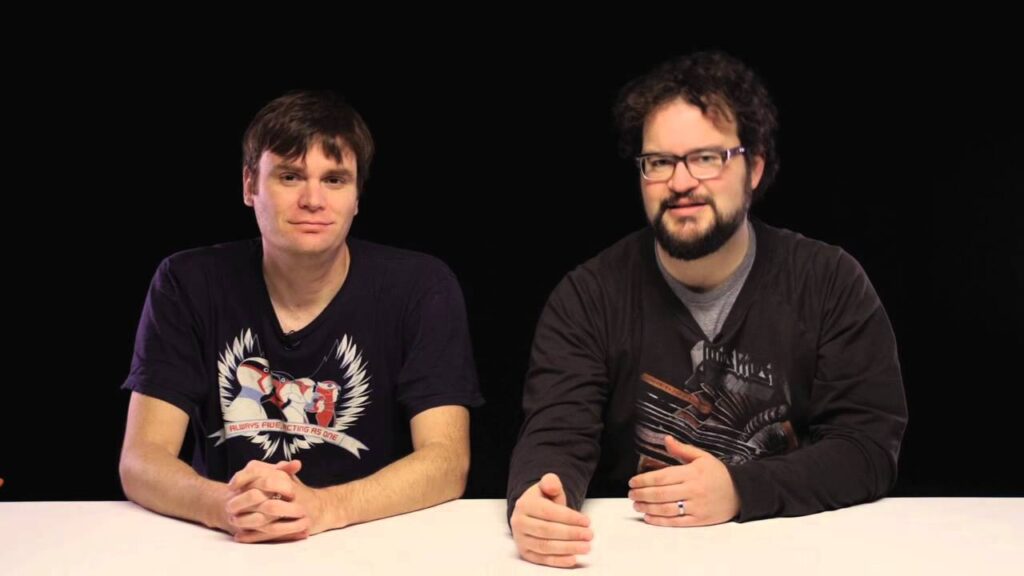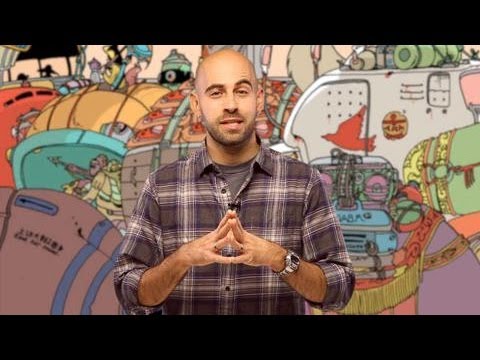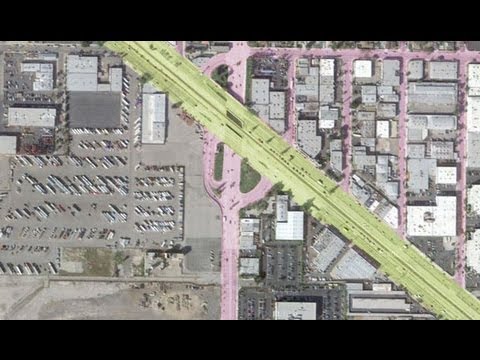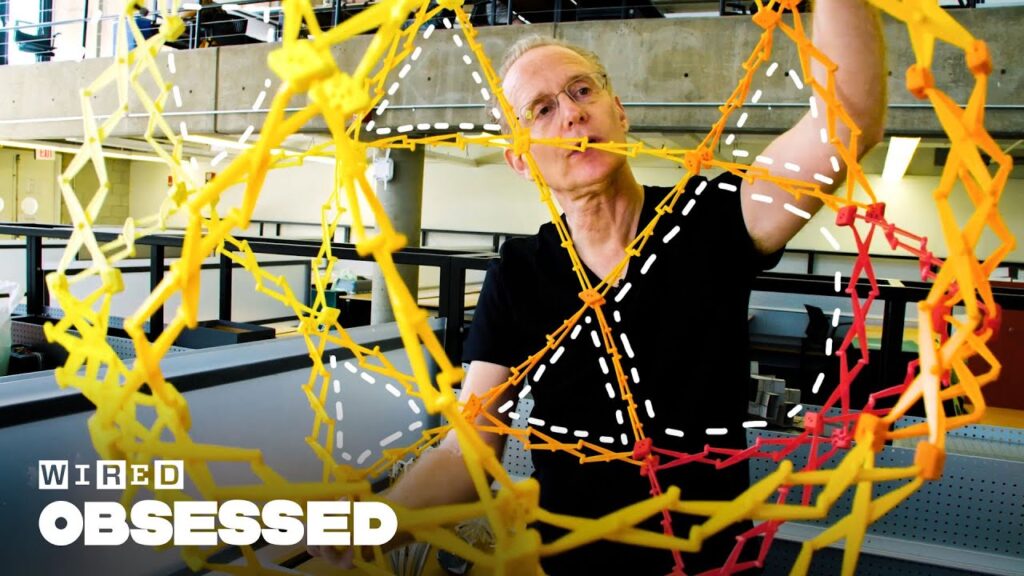Pete’s Dragon: The Challenges of Creating an Invisible Dragon
Summary
In this article, we explore the challenges faced by the visual effects team in creating the character of Elliot, the invisible dragon in the movie “Pete’s Dragon.” The team had to create a texture that would make Elliot appear camouflaged in some scenes, while in others, he would be completely invisible. The article also discusses the various techniques used to make the dragon look realistic, including the addition of particles and flock to the air.
Table of Contents
- Introduction
- Challenges of Creating Elliot’s Invisibility
- The Role of Custom Grooms in Creating Elliot
- The Solution to the Invisibility Problem
- Redesigning Elliot
- Acting with an Invisible Dragon
- Conclusion
Introduction
“Pete’s Dragon” is a retelling of the 1977 Disney classic, which features the character of Elliot, an invisible dragon. The movie was filmed in New Zealand, where the visual effects team faced several challenges in creating the character of Elliot.
Challenges of Creating Elliot’s Invisibility
The biggest challenge faced by the visual effects team was creating the illusion of Elliot’s invisibility. The nature of his invisibility changes depending on the emotion of the scene. Sometimes he appears camouflaged, and at other times, he is completely invisible. The team had to create a texture that would make Elliot appear to have the texture of the background in some scenes, while in others, they had to create the illusion that we were seeing through him to the forest beyond.
The Role of Custom Grooms in Creating Elliot
Elliot has 28 custom grooms of over 20 million individual hairs. These hairs were all simulated separately. The team used the camouflage texture to project on the hairs, and whenever Elliot had a texture on him and moved, he became incredibly readable. This effect was used when Elliot gets angry, giving the idea that he was losing his camouflage when he was losing his cool.
The Solution to the Invisibility Problem
The team used particles and flock to the air to solve the problem of how to read where a giant invisible creature actually is. The disturbance of the still forest air gave the elegant solution that the director wanted, without introducing anything magical or breaking the sombre and sad tone at that point in the film.
Redesigning Elliot
Weta helped redesign the character of Elliot by making his nose more horse-like and his ears less cat-like and more like those of a dog. The team also added digital trees, undergrowth, and plants wherever Elliot interacted with something.
Acting with an Invisible Dragon
Eric Sandin, the Oscar-nominated visual effects supervisor, acted out the role of Elliot in the film. He walked around on set with a giant 20-foot pole with a ball on the end of it to help the young actors give a good performance.
Conclusion
Creating the character of Elliot, the invisible dragon, in “Pete’s Dragon” was a challenging task for the visual effects team. They had to create a texture that would make Elliot appear camouflaged in some scenes, while in others, he would be completely invisible. The team used several techniques to make the dragon look realistic, including the addition of particles and flock to the air. The redesign of Elliot’s nose and ears also helped to make him look more like a horse and less like a cat. Overall, the team’s hard work paid off, resulting in a complex retelling of the classic Disney film.


